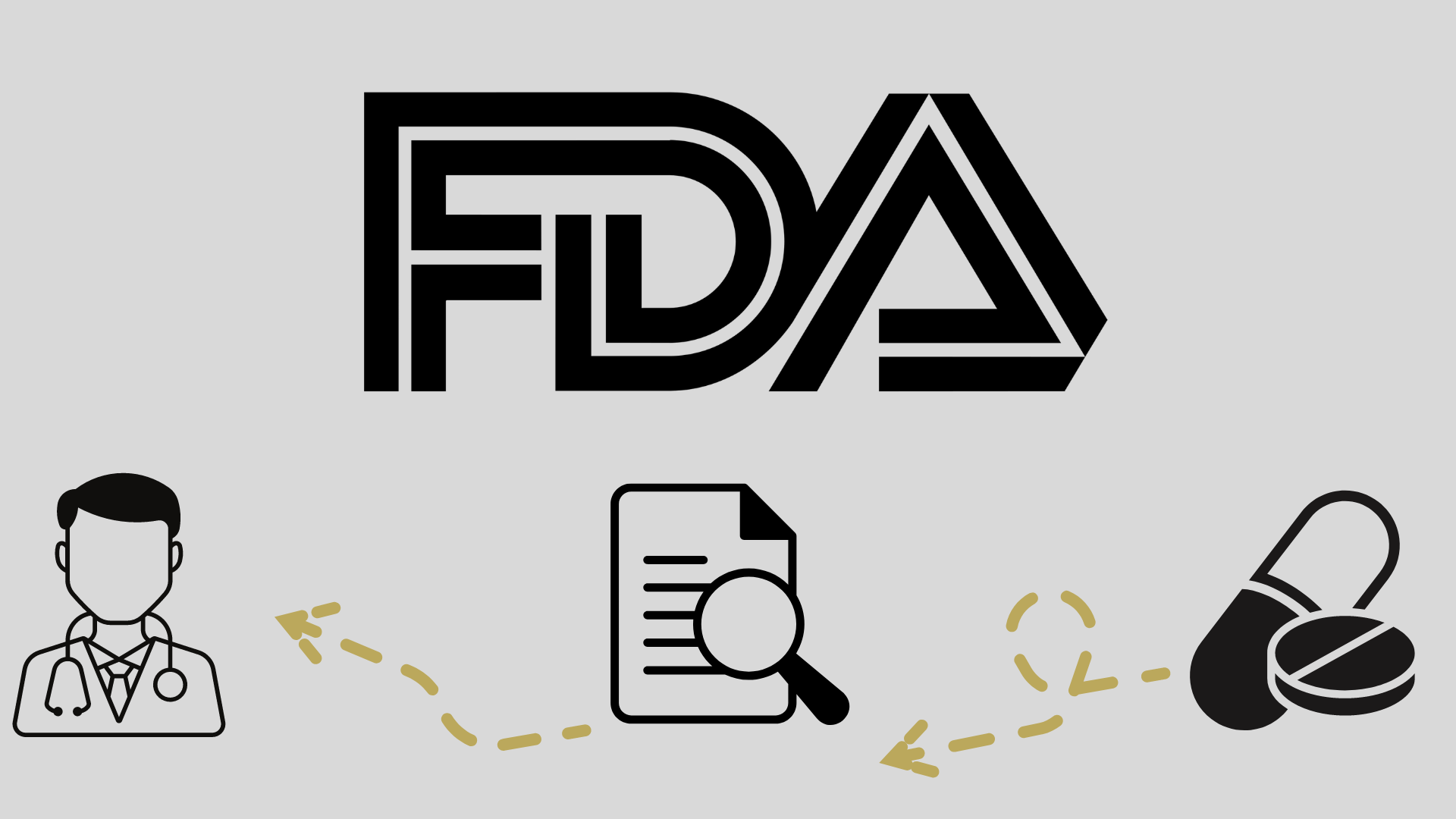
FDA Oks Osimertinib Plus Chemo in EGFR-Mutant Lung Cancer

The FDA has approved the combination of osimertinib plus chemotherapy for the treatment of EGFR-mutated non-small cell lung cancer.
- The combination of osimertinib (Tagrisso) plus chemotherapy is now an FDA-approved therapy for the treatment of locally advanced or metastatic EGFR-mutated non-small cell lung cancer (NSCLC).
- The approval is supported by findings from the phase 3 FLAURA2 trial (NCT04035486).
- Osimertinib plus chemotherapy reduced the risk of disease progression or death by 38%.
The FDA approved the combination of osimertinib plus chemotherapy as a treatment option for patients with locally advanced or metastatic
“This was a randomized, phase 3 trial, head-to-head, [with] exciting results. The addition of chemotherapy to osimertinib did improve progression-free survival,” explained Joshua Sabari, MD, in an
Osimertinib is already approved as a monotherapy for the first-line treatment of locally advanced or metastatic EGFR-mutated NSCLC, as well as locally advanced or metastatic EGFR T790M mutation-positive NSCLC and as an adjuvant treatment for early-stage NSCLC with EGFR mutations.2
About the FLAURA2 Trial
“We saw a significant improvement in median progression-free survival in that 25-26 month range for osimertinib plus chemotherapy vs osimertinib alone in that 16-17 month range,” said Sabari, assistant professor, Department of Medicine at NYU Grossman School of Medicine, and director of High Reliability Organization Initiatives at the Perlmutter Cancer Center.
Osimertinib plus chemotherapy reduced the risk of disease progression or death by 38% compared with standard-of-care osimertinib monotherapy (HR, 0.62; 95% CI, 0.49-0.79; P <.0001). Progression-free survival (PFS) was extended by a median of 8.8 months compared with osimertinib monotherapy, according to investigator assessment. According to blinded central independent review, osimertinib plus chemotherapy extended PFS by a median of 9.5 months (HR, 0.62; 95% CI, 0.48-0.80; P =.0002).2
The PFS improvements were seen across patient subgroups, including in those with
Complete or partial responses were observed in 83% of patients in the combination arm vs 76% in the monotherapy arm. The median response duration was 24.0 months (95% CI, 20.9-27.8) vs 15.3 months (95% CI, 12.7-19.4) in the combination and monotherapy arms, respectively.
While the incidence of grade 3 or higher adverse events was greater in the combination arm, the safety profile of the combination was manageable and consistent with the known profiles of the individual agents.2








































